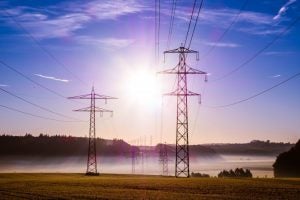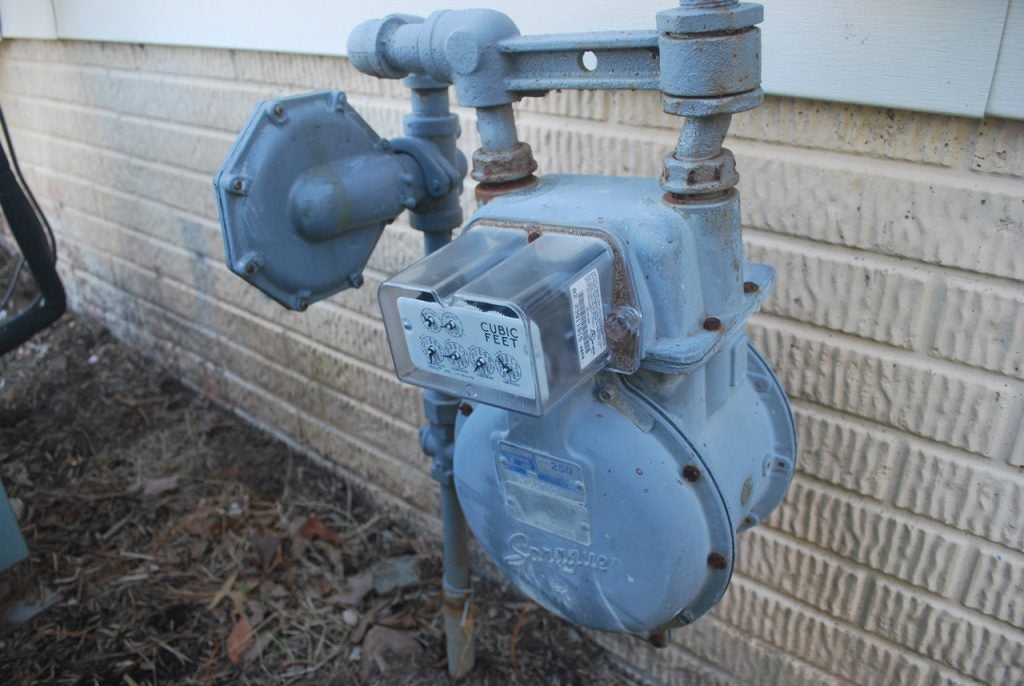 This week, the U.S. Environmental Protection Agency posted the 2016 Greenhouse Gas Reporting Program (GHGRP) data online. While there are positive trends in the type of data included and the ways that data are measured, the general picture is of an industry with many remaining opportunities to reduce emissions.
This week, the U.S. Environmental Protection Agency posted the 2016 Greenhouse Gas Reporting Program (GHGRP) data online. While there are positive trends in the type of data included and the ways that data are measured, the general picture is of an industry with many remaining opportunities to reduce emissions.
The GHGRP is an emissions reporting program for large facilities that emit more than 25,000 metric tons carbon dioxide equivalents (MT CO2e) of methane and other greenhouse gases into the atmosphere. The data provided by the GHGRP are invaluable for understanding the sectors and sources responsible for GHG emissions and can guide the design of effective policies for reducing emissions.
Additionally, EPA has been incorporating GHGRP data into the Greenhouse Gas Inventory, an annual report that estimates U.S. GHG emissions. In 2016, 7,631 facilities reported emitting almost 3 billion MT CO2e GHGs. After power plants, which are responsible for 63% of reported emissions, the oil and gas (O&G) sector is the largest source of GHG emissions. This year there are three major changes to the reporting protocols for oil and gas facilities. Read More










 Over the past few years, Chicago has established itself as a leader in energy-efficient buildings.
Over the past few years, Chicago has established itself as a leader in energy-efficient buildings. By
By 

